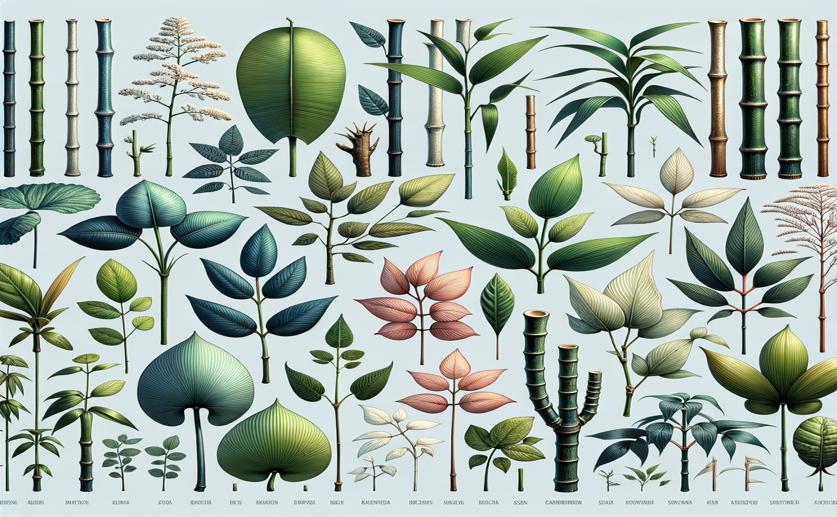
Leaf and Stem Traits Differ Across 77 Bamboo Species
Jenn Hoskins
11th May, 2024

Image Source: Natural Science News, 2024
Key Findings
- Researchers at Sichuan Agricultural University studied 77 woody bamboo species to understand their adaptation to different climates
- The study found that inherited traits and the climate where bamboos grow greatly influence their physical characteristics
- Woody bamboos have unique growth strategies, with traits that suggest they are fast-growing and efficient in resource use
References
Main Study
1) Variations and trade-offs in leaf and culm functional traits among 77 woody bamboo species
Published 10th May, 2024
https://doi.org/10.1186/s12870-024-05108-2
Related Studies
2) Functional assembly of tropical montane tree islands in the Atlantic Forest is shaped by stress tolerance, bamboo presence, and facilitation.
3) Independent allopolyploidization events preceded speciation in the temperate and tropical woody bamboos.
4) The worldwide leaf economics spectrum.
Journal: Nature, Issue: Vol 428, Issue 6985, Apr 2004
5) Contrasting leaf chemical traits in tropical lianas and trees: implications for future forest composition.



 2nd March, 2024 | Greg Howard
2nd March, 2024 | Greg Howard